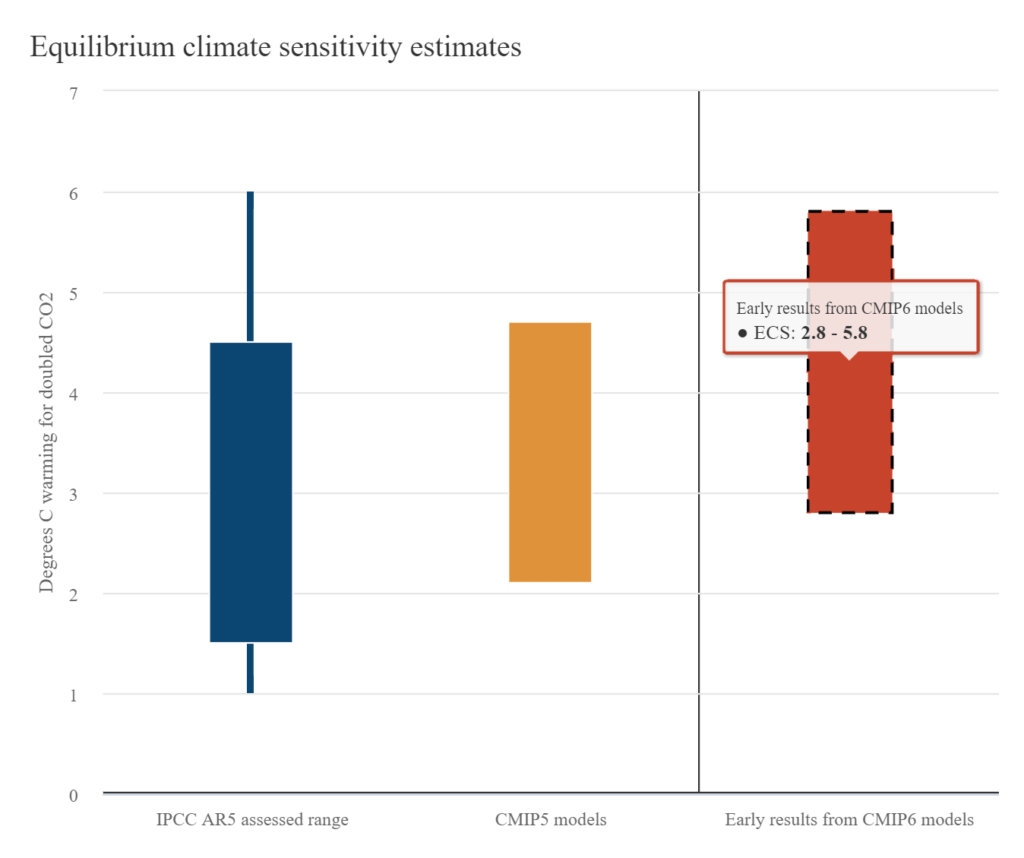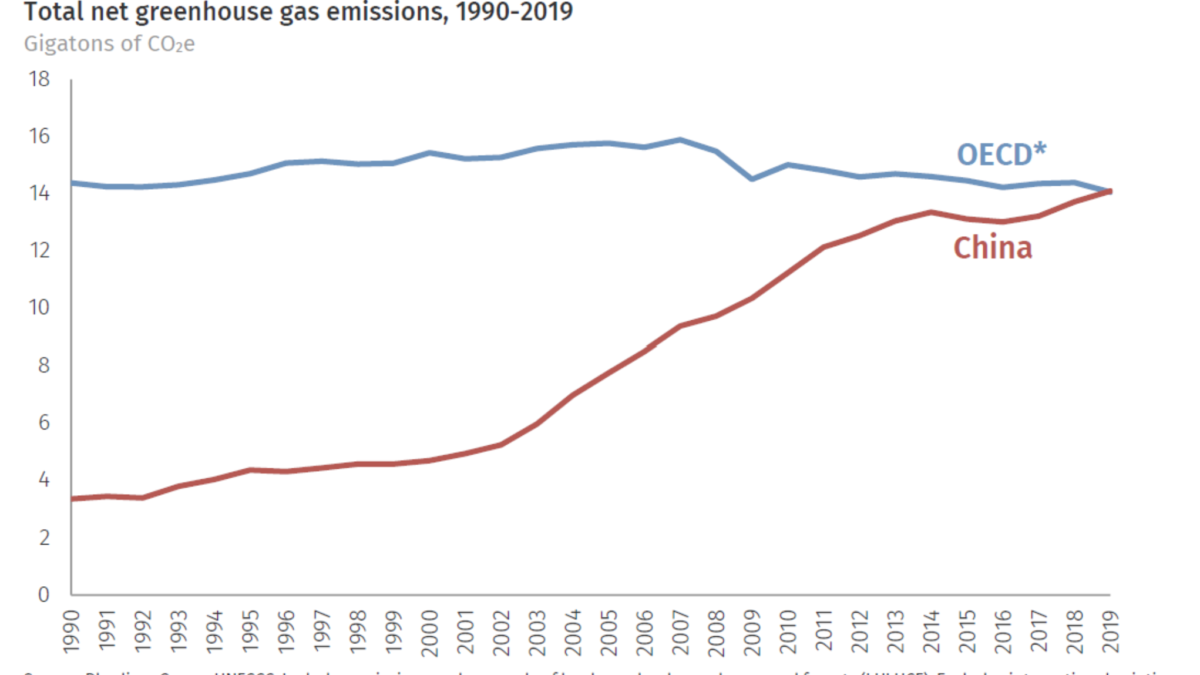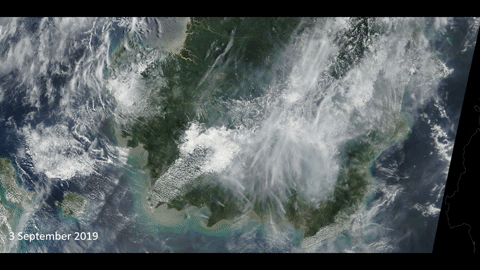Earth warming more quickly than thought, new climate models show – “We have better models now. They have better resolution, and they represent current climate trends more accurately.”

By Marlowe Hood
17 September 2019
(AFP) – Greenhouse gases thrust into the atmosphere mainly by burning fossil fuels are warming Earth’s surface more quickly than previously understood, according to new climate models set to replace those used in current UN projections, scientists said Tuesday.
By 2100, average temperatures could rise 7.0 degrees Celsius above pre-industrial levels if carbon emissions continue unabated, separate models from two leading research centres in France showed.
That is up to two degrees higher than the equivalent scenario in the Intergovernmental Panel for Climate Change’s (IPCC) 2014 benchmark 5th Assessment Report.
The new calculations also suggest that the Paris Agreement goals of capping global warming at “well below” two degrees, and 1.5C if possible, will be challenging at best, the scientists said.
“With our two models, we see that the scenario known as SSP1 2.6—which normally allows us to stay under 2C—doesn’t quite get us there,” Olivier Boucher, head of the Institute Pierre Simon Laplace Climate Modelling Centre in Paris, told AFP.
A higher ECS means a greater likelihood of reaching higher levels of global warming, even with deeper emissions cuts.
Stephen Belcher, UK Met Office, and Rowan Sutton, UK National Centre for Atmospheric Science
With only one degree Celsius of warming so far, the world is coping with increasingly deadly heat waves, droughts, floods and tropical cyclones made more destructive by rising seas.
A new generation of 30-odd climate models known collectively as CMIP6—including the two unveiled Tuesday—will underpin the IPCC’s next major report in 2021.
“CMIP6 clearly includes the latest modelling improvements,” even as important uncertainties remain, Joeri Rogelj, an associate professor at Imperial College London and an IPCC lead author, told AFP.
These include increased supercomputing power and sharper representations of weather systems, natural and man-made particles, and how clouds evolve in a warming world.
“We have better models now,” said Boucher. “They have better resolution, and they represent current climate trends more accurately.”
“Tipping points”
A core finding of the new models is that increased levels of CO2 in the atmosphere will warm Earth’s surface more—and more easily—than earlier calculations had suggested.
If confirmed, this higher “equilibrium climate sensitivity”, or ECS, means humanity’s carbon budget—our total emissions allowance—is likely to shrink. […]
Other models developed independently have come to the same unsettling conclusion, Boucher confirmed.
“The most respected ones—from the United States, and Britain’s Met Office—also show a higher ECS” than the previous generation of models, he said.
This is bad news for the fight against global warming, which continues to face strong political headwinds and institutional inertia despite a rapid crescendo of public awareness and concern.
“A higher ECS means a greater likelihood of reaching higher levels of global warming, even with deeper emissions cuts,” Boucher and two British scientists—Stephen Belcher from the UK Met Office and Rowan Sutton from the UK National Centre for Atmospheric Science—wrote in a blog earlier this year, tiptoeing around the implications of the new models. [more]
Earth warming more quickly than thought, new climate models show


